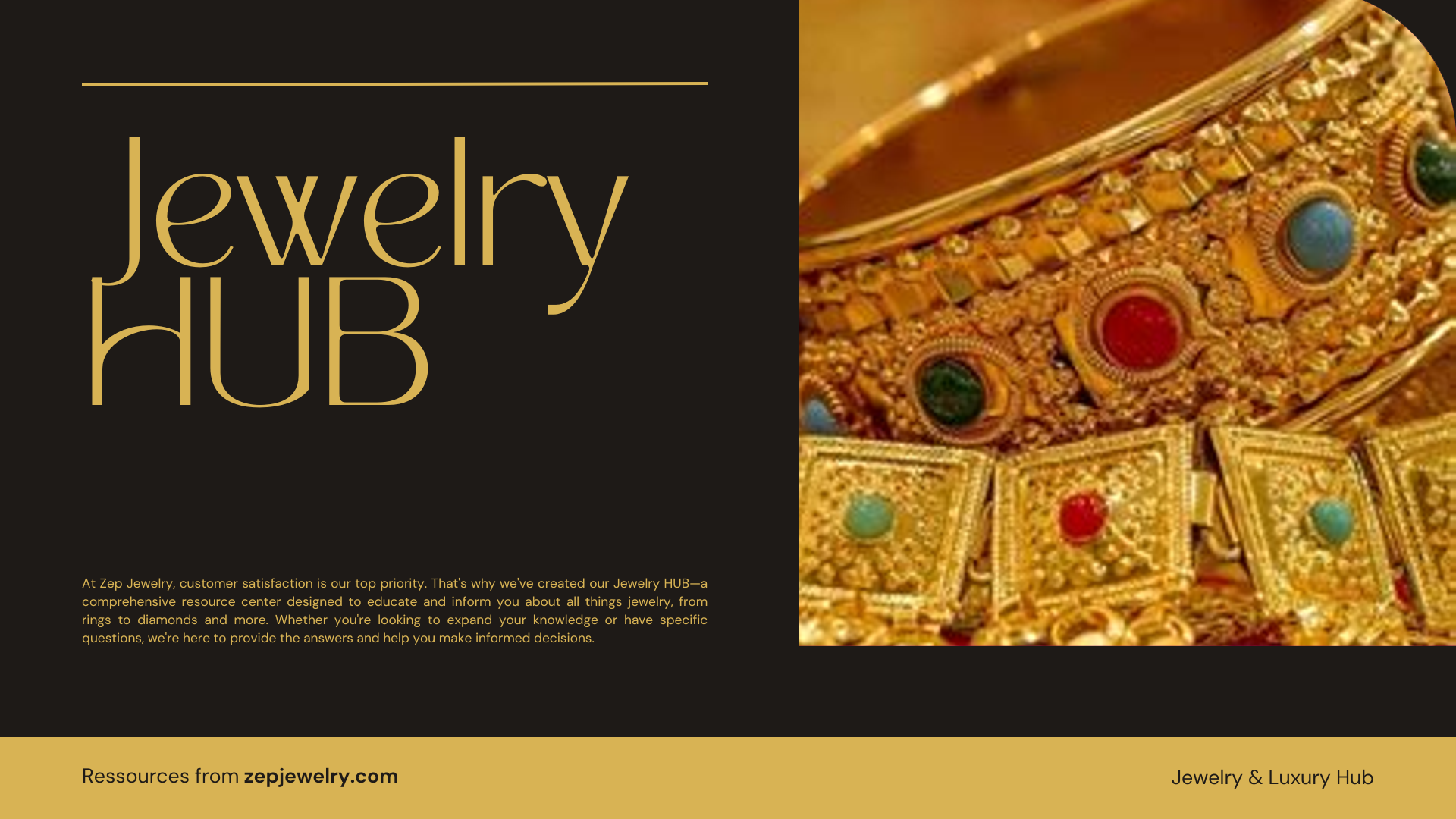Have you ever wondered how our love for shiny objects began? The story of jewelry is as ancient as humanity itself, reaching back to our Neanderthal ancestors who first adorned themselves with the simple beauty of nature. In fact, the oldest known jewelry—perforated beads crafted from small sea shells—was unearthed in the Cueva de los Aviones in Spain, dating back an astonishing 115,000 years. These artifacts reveal that the urge to embellish and express one’s identity is a thread woven through the tapestry of human history, blending culture, creativity, and the very essence of what it means to be human.
Where did jewelry first originate?
Jewelry as a form of adornment has its earliest roots with Neanderthals in Europe. The oldest known pieces, perforated beads made from small sea shells, were discovered in the historic Cueva de los Aviones, located along the southeast coast of Spain. These remarkable artifacts date back approximately 115,000 years, illustrating that the human inclination for personal decoration predates our species—Homo sapiens—by a significant margin.
Diving deeper into this fascinating history, it’s vital to appreciate the cultural and social contexts in which these early pieces were created. The discovery of these beads suggests that Neanderthals, much like modern humans, valued ornamentation, possibly for reasons ranging from aesthetic pleasure to signaling social status or group membership. This act of adorning oneself can be viewed as a fundamental aspect of human expression, well-entrenched in our evolutionary narrative.
Moreover, the significance of these shell beads extends beyond mere decoration. They may have held symbolic meanings, serving as amulets or tokens of protection, thus paving the way for the diverse array of jewelry and its complex meanings we encounter across cultures today. Such insights reflect how jewelry has been entwined with identity and status throughout human history, evolving alongside our social structures and cultural practices.
This early jewelry serves as a testament to the human desire for beauty and personal expression, a desire that resonates in contemporary society. From the simplest beginnings of adorned shells to intricate designs that we celebrate today, jewelry remains a powerful medium for personal storytelling and cultural heritage.
What were the first materials used to make jewelry?
The earliest materials used to create jewelry were quite diverse, often encompassing natural items that were easily obtainable in the environment. Early artisans crafted adornments from bones, feathers, shells, and colored pebbles. These materials not only served an aesthetic purpose, creating visually appealing pieces, but they also carried profound significance. Many ancient cultures believed that these items possessed spiritual or magical qualities, potentially influencing luck, protection, or even overall well-being.
As society progressed and techniques improved, the scope of materials used in jewelry making expanded significantly. By the time we reach ancient civilizations such as those in Egypt and Mesopotamia, we begin to see a marked transition towards more sophisticated and enduring components like metals and gemstones. In these cultures, gold and silver became widely cherished not just for their beauty but also for their association with wealth and power. Gemstones, too, were highly valued, often chosen for their vibrant colors and believed magical properties. For instance, the ancient Egyptians wore turquoise and lapis lazuli as symbols of protection and status, evidencing a complex interplay between aesthetics and meaning that persists in jewelry design even today.
This evolution of jewelry materials reflects a broader narrative of human creativity and expression, suggesting that what we adorn ourselves with is not only a statement of style but also a connection to our history, culture, and shared beliefs. Indeed, as we look back, the simple adornments of our ancestors paved the way for the elaborate and meaningful pieces that we find in modern jewelry collections worldwide.
How did the purpose of jewelry change over time?
Originally, jewelry served functional roles, such as fasteners for clothing or indicators of social status. However, it gradually morphed into an expression of personal identity and a means of cultural expression. For instance, amulets and talismans were believed to offer protection or symbolize various beliefs. Today, while jewelry still retains elements of its historical uses, it primarily signifies personal style, relationship milestones, and cultural heritage.
What does the evolution of jewelry tell us about the societies that created it?
Jewelry has been a vital part of human culture, reflecting not just personal adornment but also societal values, beliefs, and social structures. For example, in ancient Egypt, jewelry often denoted wealth and power, imbued with spiritual significance. The development of specific adornments, such as wedding rings and status symbols, reveals how jewelry has played roles in signifying commitments and connections within communities throughout history.
Why are gemstones significant in the context of jewelry?
Throughout history, gemstones have held both aesthetic and symbolic value. From ancient times, cultures ascribed characteristics to specific stones—such as emeralds signifying fertility or sapphires imparting wisdom. The choice of gemstones often mirrored philosophical beliefs or social customs, influencing jewelry styles and the meanings associated with different items worn by individuals.
What regions are historically significant in the development of jewelry?
The origins of jewelry can be traced to various regions, particularly the Mediterranean basin and ancient Persia, where the first organized jewelry-making occurred around 3,000 to 400 BC. These civilizations produced simple amulets and seals with deep spiritual meanings, suggesting how intrinsic adornment was to their cultures. Over time, regions like Egypt, Greece, and the Roman Empire further advanced jewelry-making techniques and styles, enriching the global history of adornment.
How has the meaning of jewelry transformed in modern culture?
In contemporary society, jewelry often symbolizes personal milestones like engagements and weddings, reflecting emotional connections and memories. Simultaneously, jewelry is a form of artistic expression, showcasing individuality in a highly stylized society. While historical associations with power and status remain relevant, the current trend leans more towards personal significance and self-expression, demonstrating the evolution of jewelry in cultural contexts.
